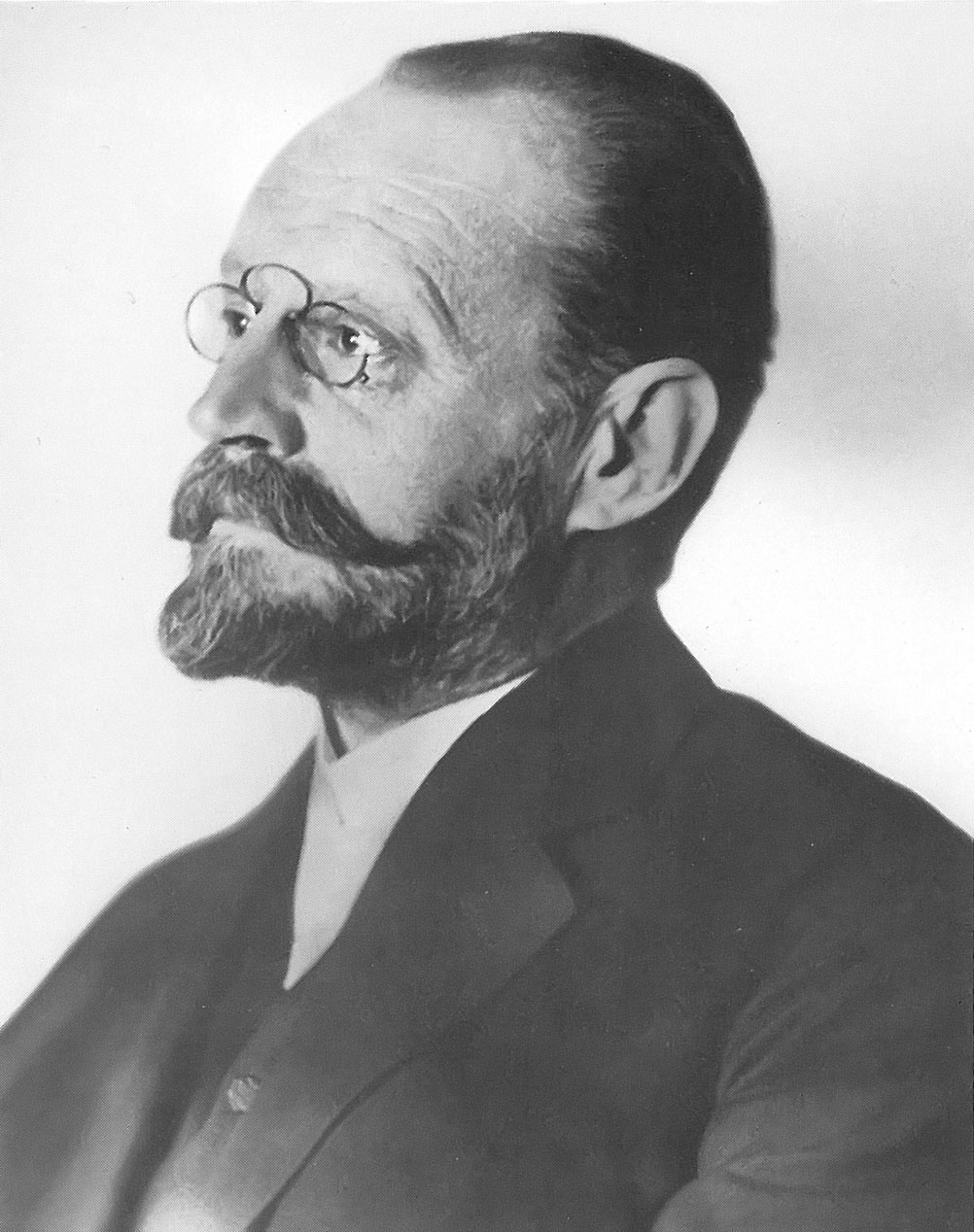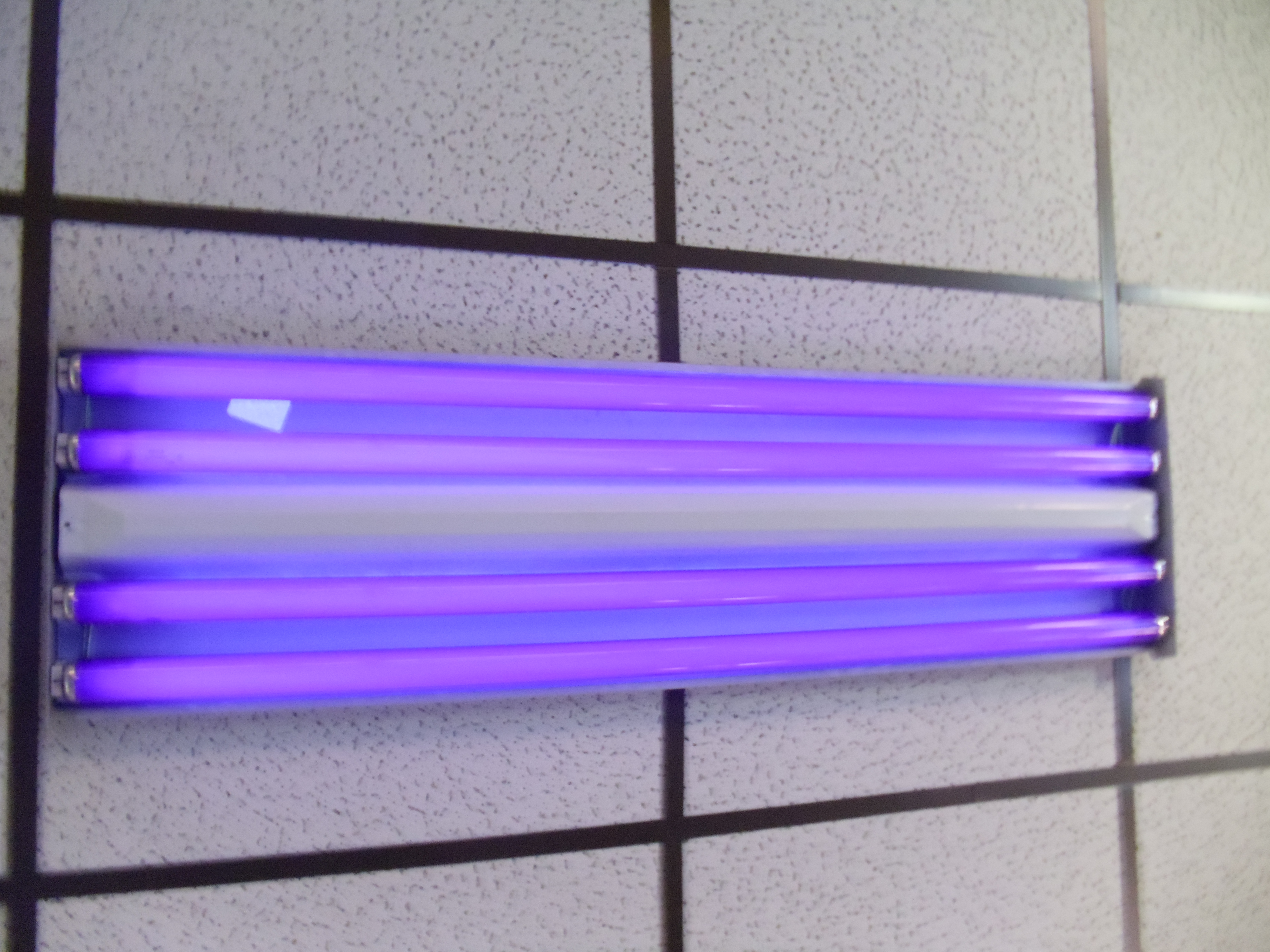|
Blue Laser
A blue laser emits electromagnetic radiation with a wavelength between 400 and 500 nanometers, which the human eye sees in the visible spectrum as blue or violet. Blue lasers can be produced by: * direct, inorganic diode semiconductor lasers based on quantum wells of gallium(III) nitride at 380-417nm or indium gallium nitride at 450 nm * diode-pumped solid-state infrared lasers with frequency-doubling to 408nm * upconversion of direct diode semiconductor lasers via thulium- or praseodymium-doped fibers at 480 nm * metal vapor, ionized gas lasers of helium-cadmium at 442 nm and 10–200 mW * argon-ion lasers at 458 and 488 nm Lasers emitting wavelengths below 445 nm appear violet, but are nonetheless also called blue lasers. Violet light's 405 nm short wavelength, on the visible spectrum, causes fluorescence in some chemicals, like radiation in the ultraviolet ("black light") spectrum (wavelengths less than 400 nm). History Pr ... [...More Info...] [...Related Items...] OR: [Wikipedia] [Google] [Baidu] |
Praseodymium
Praseodymium is a chemical element; it has symbol Pr and atomic number 59. It is the third member of the lanthanide series and is considered one of the rare-earth metals. It is a soft, silvery, malleable and ductile metal, valued for its magnetic, electrical, chemical, and optical properties. It is too reactive to be found in native form, and pure praseodymium metal slowly develops a green oxide coating when exposed to air. Praseodymium always occurs naturally together with the other rare-earth metals. It is the sixth-most abundant rare-earth element and fourth-most abundant lanthanide, making up 9.1 parts per million of the Earth's crust, an abundance similar to that of boron. In 1841, Swedish chemist Carl Gustav Mosander extracted a rare-earth oxide residue he called didymium from a residue he called "lanthana", in turn separated from cerium salts. In 1885, the Austrian chemist Carl Auer von Welsbach separated didymium into two elements that gave salts of different colours, ... [...More Info...] [...Related Items...] OR: [Wikipedia] [Google] [Baidu] |
Nobel Prize
The Nobel Prizes ( ; ; ) are awards administered by the Nobel Foundation and granted in accordance with the principle of "for the greatest benefit to humankind". The prizes were first awarded in 1901, marking the fifth anniversary of Alfred Nobel, Alfred Nobel's death. The original Nobel Prizes covered five fields: Nobel Prize in Physics, physics, Nobel Prize in Chemistry, chemistry, Nobel Prize in Physiology or Medicine, physiology or medicine, Nobel Prize in Literature, literature, and Nobel Peace Prize, peace, specified in Nobel's will. A sixth prize, the Nobel Memorial Prize in Economic Sciences, Prize in Economic Sciences, was established in 1968 by Sveriges Riksbank (Sweden's central bank) in memory of Alfred Nobel. The Nobel Prizes are widely regarded as the most prestigious awards available in their respective fields.Nobel Prize#Shalev69, Shalev, p. 8. Except in extraordinary circumstances, such as war, all six prizes are given annually. Each recipient, known as a laur ... [...More Info...] [...Related Items...] OR: [Wikipedia] [Google] [Baidu] |
Millennium Technology Prize
The Millennium Technology Prize () is one of the world's largest technology prizes. It is awarded once every two years by Technology Academy Finland, an independent foundation established by Finnish industries, academic institutions, and the state of Finland. The patron of the prize is the President of Finland. The Millennium Technology Prize is Finland's tribute to innovations for a better life. The aims of the prize are to promote technological research and Finland as a high-tech Nordic welfare state. The prize was inaugurated in 2004. The Prize The idea of the prize came originally from the Finnish academician Pekka Jauho, with American real estate investor and philanthropist Arthur J Collingsworth encouraging its establishment.Millennium, Finnfacts.com (Archive ... [...More Info...] [...Related Items...] OR: [Wikipedia] [Google] [Baidu] |
Nichia Corporation
is a Japanese chemical engineering and manufacturing company headquartered in Anan, Japan with global subsidiaries. It specializes in the manufacturing and distribution of phosphors, including light-emitting diodes (LEDs), laser diodes, battery materials, and calcium chloride. 2014 Nobel Prize in Physics Shuji Nakamura did research while working at Nichia on gallium nitride light-emitting diodes, leading to the invention of blue LEDs. The Nichia Corporation comprises two divisions — Division 1, responsible for phosphors and other chemicals, and Division 2, responsible for LEDs. In the field of phosphors the company has 50% of the Japanese market and 25% of the world market. Nichia designs, manufactures, and markets LEDs for display, LCD backlighting, automotive and general lighting applications with the many different LEDs across the entire visible spectrum. Nichia’s invention and development of white LEDs have spanned several accomplishments throughout the history of t ... [...More Info...] [...Related Items...] OR: [Wikipedia] [Google] [Baidu] |
Shuji Nakamura
is a Japanese electronic engineer, inventor of the blue LED, a major breakthrough in lighting technology, and recipient of the Nobel Prize in Physics in 2014. Nakamura specializes in the field of semiconductor technology, and he is a professor of materials science at the College of Engineering of the University of California, Santa Barbara (UCSB). Together with Isamu Akasaki and Hiroshi Amano, Nakamura received the 2014 Nobel Prize for Physics "for the invention of efficient blue light-emitting diodes, which has enabled bright and energy-saving white light sources". In 2015, his input into the commercialization and development of energy-efficient white LED lighting technology was recognized by the Global Energy Prize. In 2021, Nakamura, along with Akasaki, Nick Holonyak, M. George Craford, and Russell D. Dupuis, were awarded the Queen Elizabeth Prize for Engineering "for the creation and development of LED lighting, which forms the basis of all solid-state lighting tec ... [...More Info...] [...Related Items...] OR: [Wikipedia] [Google] [Baidu] |
Synthetic Diamond
A synthetic diamond or laboratory-grown diamond (LGD), also called a lab-grown, laboratory-created, man-made, artisan-created, artificial, or cultured diamond, is a diamond that is produced in a controlled technological process, in contrast to a naturally-formed diamond, which is created through geological processes and obtained by mining. Unlike diamond simulants (imitations of diamond made of superficially similar non-diamond materials), synthetic diamonds are composed of the same material as naturally formed diamonds—pure carbon crystallized in an isotropic 3D form—and have identical chemical and physical properties. The maximal size of synthetic diamonds has increased dramatically in the 21st century. Before 2010, most synthetic diamonds were smaller than half a carat. Improvements in technology, plus the availability of larger diamond substrates, have led to synthetic diamonds up to 125 carats in 2025.=https://www.gia.edu/gia-news-research/gems-gemology-summary ... [...More Info...] [...Related Items...] OR: [Wikipedia] [Google] [Baidu] |
Dislocation
In materials science, a dislocation or Taylor's dislocation is a linear crystallographic defect or irregularity within a crystal structure that contains an abrupt change in the arrangement of atoms. The movement of dislocations allow atoms to slide over each other at low stress levels and is known as ''glide'' or Slip (materials science), slip. The crystalline order is restored on either side of a ''glide dislocation'' but the atoms on one side have moved by one position. The crystalline order is not fully restored with a ''partial dislocation''. A dislocation defines the boundary between ''slipped'' and ''unslipped'' regions of material and as a result, must either form a complete loop, intersect other dislocations or defects, or extend to the edges of the crystal. A dislocation can be characterised by the distance and direction of movement it causes to atoms which is defined by the Burgers vector. Plasticity (physics), Plastic deformation of a material occurs by the creation and ... [...More Info...] [...Related Items...] OR: [Wikipedia] [Google] [Baidu] |
Sapphire
Sapphire is a precious gemstone, a variety of the mineral corundum, consisting of aluminium oxide () with trace amounts of elements such as iron, titanium, cobalt, lead, chromium, vanadium, magnesium, boron, and silicon. The name ''sapphire'' is derived from the Latin word ', itself from the Greek language, Greek word (), which referred to lapis lazuli. It is typically blue, but natural "fancy" sapphires also occur in yellow, purple, orange, and green colors; "parti sapphires" show two or more colors. Red corundum stones also occur, but are called ruby, rubies rather than sapphires. Pink-colored corundum may be classified either as ruby or sapphire depending on the locale. Commonly, natural sapphires are cut and polished into gemstones and worn in jewellery, jewelry. They also may be created synthetically in laboratories for industrial or decorative purposes in large boule (crystal), crystal boules. Because of the remarkable hardness of sapphires 9 on the Mohs scale of miner ... [...More Info...] [...Related Items...] OR: [Wikipedia] [Google] [Baidu] |
Laser Pointer
A laser pointer or laser pen is a (typically battery-powered) handheld device that uses a laser diode to emit a narrow low-power visible laser beam (i.e. Coherence (physics), coherent light) to highlight something of interest with a small bright colored spot. The small width of the beam and the low power of typical laser pointers make the beam itself invisible in a clean atmosphere, only showing a point of light when striking an opaque surface. Laser pointers can project a visible beam via scattering from dust particles or water droplets along the beam path. Higher-power and higher-frequency green or blue lasers may produce a beam visible even in clean air because of Rayleigh scattering from air molecules, especially when viewed in moderately-to-dimly lit conditions. The intensity of such scattering increases when these beams are viewed from angles near the beam axis. Such pointers, particularly in the green-light output range, are used as astronomical object pointers for teachi ... [...More Info...] [...Related Items...] OR: [Wikipedia] [Google] [Baidu] |
Black Light
A blacklight, also called a UV-A light, Wood's lamp, or ultraviolet light, is a lamp (fixture), lamp that emits long-wave (UV-A) ultraviolet light and very little visible light. One type of lamp has a violet light filter, filter material, either on the bulb or in a separate glass filter in the lamp housing, which blocks most visible light and allows through UV, so the lamp has a dim violet glow when operating. Blacklight lamps which have this filter have a lighting industry designation that includes the letters "BLB". This stands for "blacklight blue". A second type of lamp produces ultraviolet but does not have the filter material, so it produces more visible light and has a blue color when operating. These tubes are made for use in "bug zapper" insect traps, and are identified by the industry designation "BL". This stands for "blacklight". Blacklight sources may be specially designed fluorescent lamps, mercury-vapor lamps, light-emitting diodes (LEDs), lasers, or incande ... [...More Info...] [...Related Items...] OR: [Wikipedia] [Google] [Baidu] |
Ultraviolet
Ultraviolet radiation, also known as simply UV, is electromagnetic radiation of wavelengths of 10–400 nanometers, shorter than that of visible light, but longer than X-rays. UV radiation is present in sunlight and constitutes about 10% of the total electromagnetic radiation output from the Sun. It is also produced by electric arcs, Cherenkov radiation, and specialized lights, such as mercury-vapor lamps, tanning lamps, and black lights. The photons of ultraviolet have greater energy than those of visible light, from about 3.1 to 12 electron volts, around the minimum energy required to ionize atoms. Although long-wavelength ultraviolet is not considered an ionizing radiation because its photons lack sufficient energy, it can induce chemical reactions and cause many substances to glow or fluoresce. Many practical applications, including chemical and biological effects, are derived from the way that UV radiation can interact with organic molecules. The ... [...More Info...] [...Related Items...] OR: [Wikipedia] [Google] [Baidu] |






